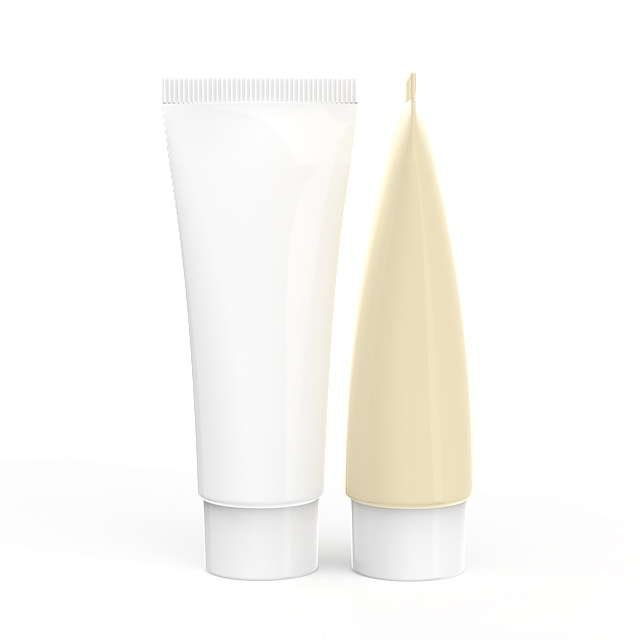Skin tags, caused by friction, hormones, obesity or genetics, can be addressed through various over-the-counter (OTC) Liverpool tag removal products in Liverpool, including creams and patches. These OTC solutions soften or dry out skin tags but require patience and adherence to instructions. Consulting a dermatologist beforehand is recommended, especially for sensitive skin. Application tips include gentle cleansing, following manufacturer instructions precisely, and monitoring treated areas regularly for complete removal while also detecting potential skin cancer early on.
Looking to remove skin tags safely at home? This guide explores effective over-the-counter (OTC) solutions for Liverpool tag removal. Skin tags, small, harmless growths, can be unsightly and irritating. Understanding their causes and various types empowers informed decisions. We review top OTC products, offering insights on active ingredients and application methods. Learn essential precautions to ensure safe and successful removal. Achieve confident, tag-free skin with the right knowledge and products.
- Understanding Skin Tags: Causes and Types
- Over-the-Counter Options for Safe Removal
- Effective Application Techniques and Precautions
Understanding Skin Tags: Causes and Types
Skin tags, also known as acrochordons, are small, soft skin growths that typically appear in areas where skin rubs against itself, such as the neck, armpits, or groin. They are usually harmless and often go unnoticed, but some individuals may find them unsightly or uncomfortable. Understanding the causes and types of skin tags is essential when considering removal options, especially with over-the-counter (OTC) products specifically designed for Liverpool tag removal.
Causes can vary, with friction being a primary factor. They may also form due to hormonal changes, obesity, or genetic predisposition. Some types include acral tags, which occur on the palms and soles, and angular tags, often found in the armpits or groin. Recognizing these variations can help individuals choose appropriate OTC treatments tailored to their specific needs, ensuring effective Liverpool tag removal.
Over-the-Counter Options for Safe Removal
When it comes to over-the-counter (OTC) skin tag removal in Liverpool, there are several safe and effective options available. These products are designed to eliminate skin tags gently and with minimal discomfort. Common OTC choices include creams, gels, and patches that contain active ingredients like salicylic acid or sodium bicarbonate. Salicylic acid is a gentle exfoliant that can soften and dissolve the skin tag over time, while sodium bicarbonate works by drying out the growth.
These OTC options are usually easy to use and can be applied at home, making them a convenient choice for those seeking a non-invasive approach to Liverpool tag removal. It’s important to follow the product instructions carefully and to be patient, as results may take several weeks. Additionally, consulting with a dermatologist is always recommended before trying any new treatment, especially if you have sensitive skin or existing medical conditions.
Effective Application Techniques and Precautions
When applying over-the-counter (OTC) skin tag removal products in Liverpool, it’s crucial to follow precise application techniques for optimal results. Start by gently cleaning the affected area with a mild cleanser to ensure the product adheres well. Dry the skin thoroughly before applying the treatment, as moisture can interfere with its effectiveness. Follow the instructions provided with your chosen OTC product diligently; this often involves applying a thin layer of the solution directly onto the tag, using a cotton swab or applicator stick. For best results, repeat the application process as recommended by the manufacturer, usually once or twice daily.
Precautions are essential during the Liverpool tag removal process. Avoid touching or scratching the treated area to prevent irritation or infection. Keep the skin dry and protected after application; consider using a bandage or adhesive patch to shield it from clothing or bedding. Be mindful of potential side effects like redness, itching, or stinging, which are common but usually temporary. If reactions persist or worsen, discontinue use and consult a dermatologist for alternative treatments. Regularly monitor the treated area to ensure complete removal and to catch any signs of skin cancer early on.
If you’re considering removing skin tags at home in Liverpool, over-the-counter products offer a safe and effective solution. By understanding the different types of skin tags and their causes, you can make an informed decision about which product to use. Following the correct application techniques and taking necessary precautions will ensure successful removal without complications. Remember, while these products are readily available, seeking professional advice for persistent or unusual skin tags is always recommended.
